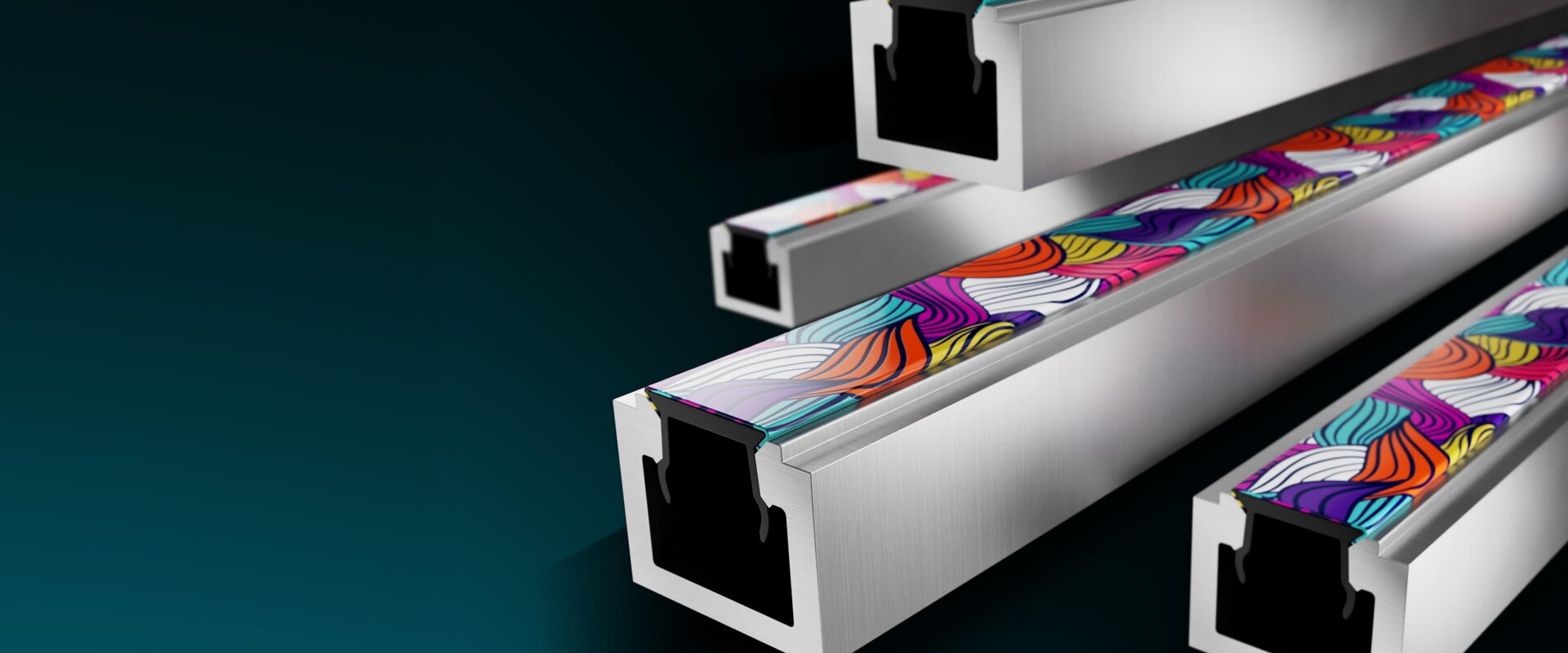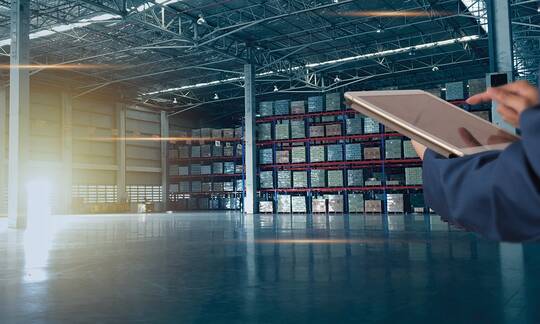Legislators at EU level are increasingly tightening the reins in the fight against CO2 emissions. Via the financial market and public clients, all large companies are required to keep their ESG (environmental, social and governance) rating as high as possible as part of regular reviews by specialized rating agencies. This also includes constant pressure on the company's own suppliers to demonstrate compliance with the relevant requirements. An important criterion here is the documentation of the so-called "CO2 footprint". This means balancing the CO2 emissions generated by the company's activities. This involves not only the direct and indirect CO2 emissions caused during the company's own production process, but also the CO2 emissions already indirectly contained in the purchased materials (through previous production steps).
The designer is (also) in CO2 competition
When developing new technical solutions, there are numerous aspects to consider. In this multi-parameter environment, the designer, who often has to compete with metals, must increasingly consider the "CO2 backpack" aspect in addition to the familiar aspects such as costs, specific weight, mechanical properties, etc. In the case of plastics, this gives them a not inconsiderable advantage over aluminum. In the case of plastics, this gives them a considerable advantage over the frequently encountered aluminum. However, in order to fully exploit this advantage, he must also be aware of it and be able to back it up with figures.
How much CO2 is in the raw materials?
In the case of plastics, the chargeable CO2 content initially comes from the refining process, in which the raw materials such as crude oil and naphtha are broken down in the distillation columns of the refineries and separated according to boiling point. In general, the higher the boiling point of the fraction from which the plastic in question is obtained, the higher the energy input required. In principle, a polypropylene (PP) material therefore carries a smaller CO2 backpack than a polyamide (PA) or even a polyphenylene sulphide (PPS).
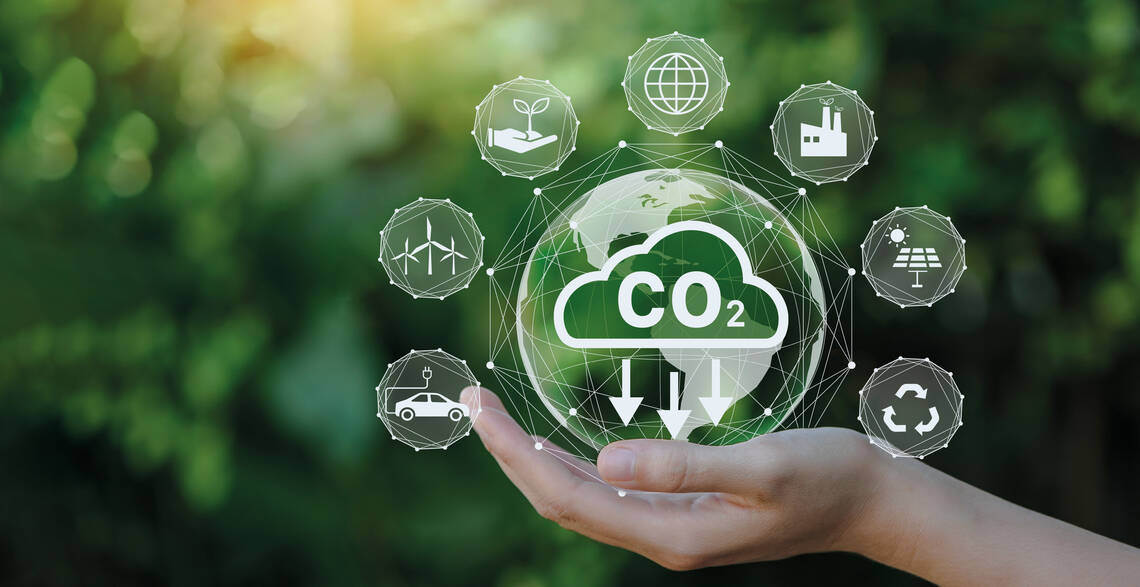
In addition, there is the CO2 backpack of the form of energy used at the site of the refinery in question. In a country like Sweden, which generates most of its electricity from low-CO2 sources such as hydroelectric and nuclear energy as well as some solar energy, the material is therefore far less burdened by CO2 emissions than in other nations.
CO2 emissions per kWh of electricity generated in different countries
- Sweden: 25 kg eCO2/kWh
- Germany (average value): 420 eCO2/kWh
- Netherlands (mean value): 425 eCO2/kWh
- USA (mean value): 430 eCO2/kWh
- Poland (mean value): 625 eCO2/kWh
- Asia (range): 850-1100 eCO2/kWh
These differences - ratios of up to 1/44 - are enormous. For the assessment by the processor, however, it is first necessary to compare the specific CO2 backpacks of the materials when produced in the same plant.
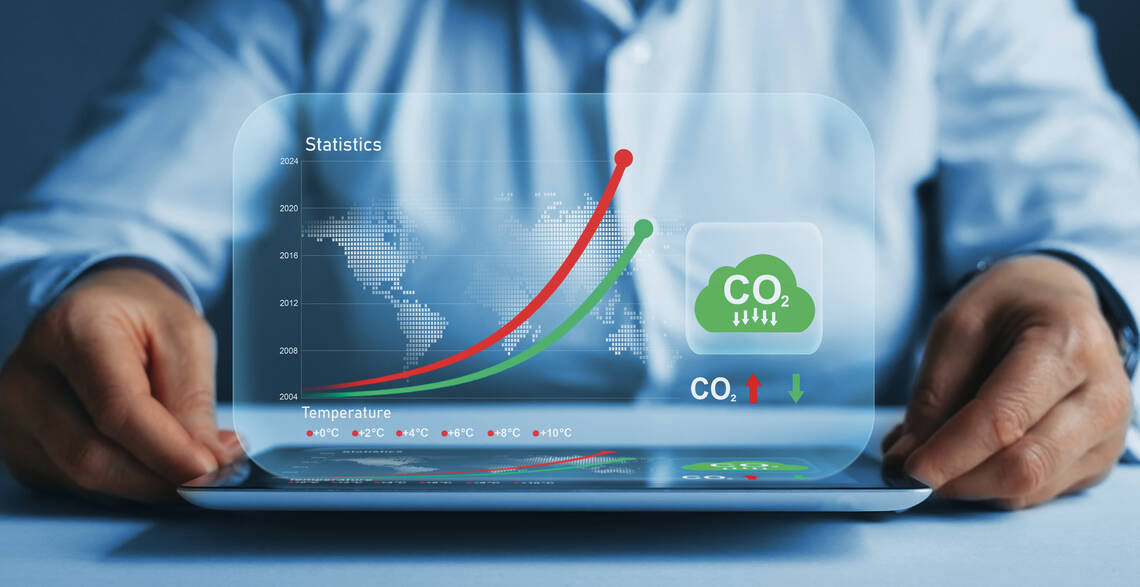
Important levers for reducing the CO2 rucksack
In principle, there are four main levers for reducing the CO2 footprint of the plastic used:
- Use of recyclate
- Use of more advantageous fillers
- Substitution by a plastic with a smaller CO2 backpack
- Advice from the profile manufacturer
Use of recyclate
This is one of the more important levers, because when calculating the CO2 load, the CO2 content in the recyclate is rated as zero. The decisive factor here is, of course, that the material is sorted by type, e.g. production waste.
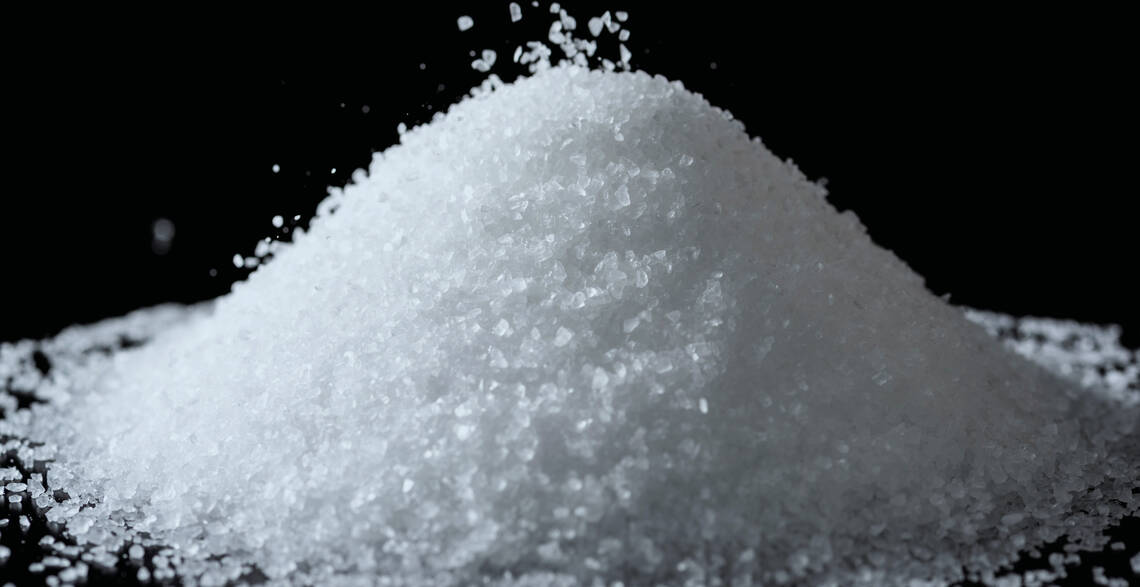
More advantageous fillers
Many plastics contain mineral fillers. These in turn also have a CO2 backpack, which must be taken into account in the overall assessment, taking into account the filler content. Fillers sometimes vary greatly. Glass fibers have the largest CO2 backpack and calcium carbonate the smallest.
Substitution with a plastic with a smaller CO2 backpack
Another possible lever is to check whether the originally intended plastic can be replaced by a more cost-effective alternative material with a slimmer CO2 backpack without compromising on part quality. This may also increase the advantage compared to an aluminum solution.
The decisive factor is consulting expertise
The material and process expertise of the profile manufacturer is an increasingly important success factor in the development of new plastic solutions. This is why the development of new products is increasingly taking place in mixed teams of specialists from the user and the supplier. A total of seven experienced specialists with comprehensive qualifications in the areas of design, material properties and process engineering are available at mobil Kunststoffprofile AG to provide this partnership-based support. They also have the necessary expertise to consider all issues relating to the minimization ofCO2 emissions.
When procuring our own materials, we naturally take care to keep theirCO2 impact as low as possible. We process our in-house production waste ourselves and mix a suitable proportion of it into the ongoing production of the materials that we offer as recyclates. And last but not least, we make a significant contribution to limiting theCO2 budget of the goods we produce with the extremelylow-CO2 energy mix of Swiss power generation with more than 60% hydropower and 35% nuclear energy.
